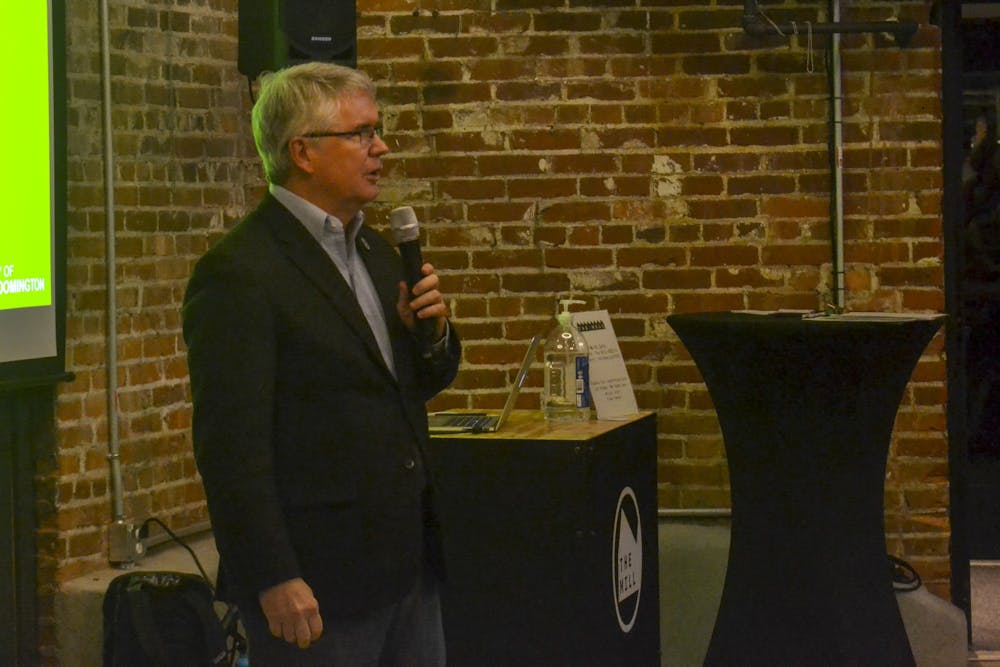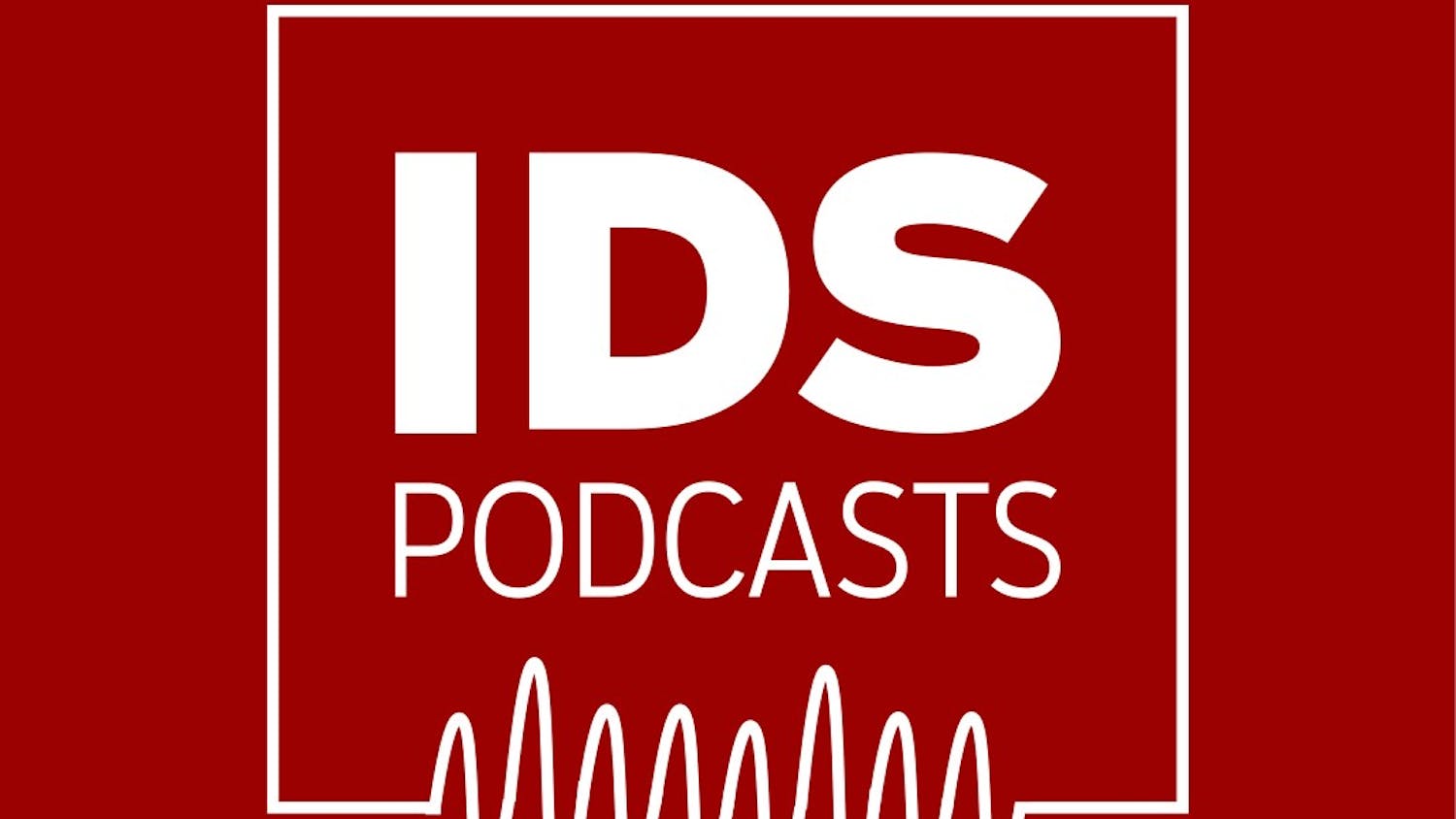Mayor John Hamilton, environmental experts and community members met Thursday night at Dimension Mill to discuss a proposal to raise Monroe County’s local income tax.
The taxes would go toward a sustainability investment fund for the city and county to combat climate change. Monroe County’s income tax rate would increase from 1.345% to 1.845%. Monroe County is currently the 22nd-lowest taxed county. 73 of Indiana's 92 counties dedicate some of the local income tax to economic development.The tax would raise $16 million annually. Bloomington and the county would each receive $8 million, city councilor Matt Flaherty said.
The fund is meant to invest in a more sustainable future and help develop an economy focused on small businesses and sustainable development.
Flaherty said any tax increase would have to be approved by the Monroe County Local Income Tax Council. The council is made up of the Bloomington City Council, Monroe County Council, Ellettsville Town Council and Stinesville Town Council.
Hamilton first proposed the tax at his second term swearing-in meeting in January. He mentioned it again during his Feb. 20 State of the City address.
Lauren Travis, Bloomington assistant director of sustainability, said there are three main parts to making Bloomington more sustainable: creating a diverse economy, having equal access to services for everyone and protecting natural resources. She said there are many ways the community can work toward fighting climate change, and she wants public input.
She said she hopes students get involved in the process as well. She said many of them may leave after graduation, but they can take what they learn in Bloomington to help create change in their new communities.
“They’re residents too,” Travis said.
Andrea Webster, IU’s Environmental Resilience Institute implementation manager said climate change has ravaged Indiana through increases in temperatures and annual rainfall.
There are about 19 days per decade where daily precipiation is two inches or more , according to data from the Hoosier Resilience Index. That may rise to as many as 23 per decade by 2050. She said increases in precipitation can cause more household flooding and indoor mold.
There are about 37 days per year with temperatures above 90 degrees, according to data from the Hoosier Resilience Index. That could increase to as many as 100 days per year by 2050. She said this could cause a spike in medical emergencies and smog production from cars’ tailpipe emissions.
“These things sound quite dire,” Webster said. “However, there are things we can do about it.”
Webster said the city can create plans in cases of heat waves like it does for other problems such as blizzards and tornadoes. She said the city can also create more green architecture to absorb rainfall.
Attendees broke out into groups at the end of the night to brainstorm ways to invest the funds raised by the proposed tax. At the table labeled mobility options, one idea was reducing the effects of floods by creating more green architecture.
Another table focused on local food brainstormed creating a subsidy for residents to join community-supported agriculture groups, where families would pay farmers during the winter to receive vegetables and fruit during the summer. Another suggestion was to educate the community on ways to be more green such as composting or reducing waste.
Hamilton said there are many benefits to the tax and what it can do for helping the city. There will be more public meetings scheduled to get further suggestions and critiques.
“We will have a community that is so much better than it is today,” he said.




